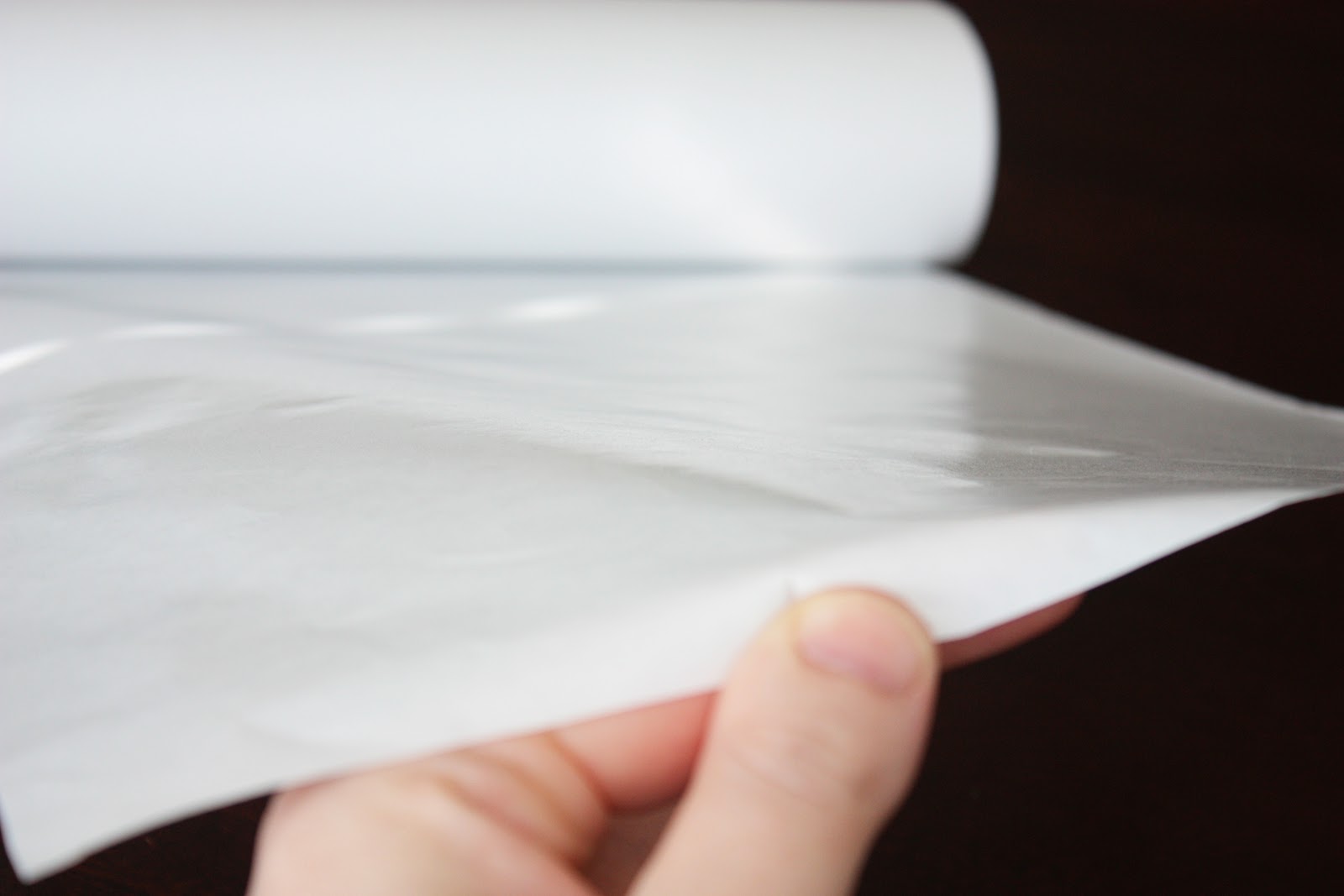

Articles
What Is Freezer Paper
Modified: October 20, 2024
Learn all about freezer paper and its various uses in this informative article. Discover how freezer paper can help preserve your food and make meal prep easier.
(Many of the links in this article redirect to a specific reviewed product. Your purchase of these products through affiliate links helps to generate commission for Storables.com, at no extra cost. Learn more)
Introduction
When it comes to storing food, proper packaging is essential to maintain its freshness and quality. Freezer paper is a versatile and commonly used material that provides excellent preservation properties. Whether you’re a professional chef or a home cook, understanding what freezer paper is and how it works can help you make the most out of this handy wrap.
Freezer paper, also known as butcher paper, is a heavy-duty paper with a plastic coating on one side. The plastic coating provides a barrier against moisture, air, and freezer burn, making it ideal for wrapping and storing food in the freezer. It is widely used by butchers, delis, and home cooks to preserve meats, fish, and other perishable foods.
One of the main advantages of freezer paper is its ability to create a tight seal around food items. When properly wrapped, it forms a protective layer that prevents the entry of air and moisture, which can lead to freezer burn and spoilage. The plastic coating also helps to keep the food’s natural juices locked in, preserving its flavor and moisture content.
Unlike plastic wrap or aluminum foil, freezer paper is specifically designed for long-term storage in the freezer. It is thicker and more durable, providing better insulation and protection for frozen foods. Its sturdy and tear-resistant construction allows for easy handling and protects the food from damage during transportation and handling.
Furthermore, freezer paper is easy to write on, allowing you to label and identify the contents and date of your frozen items. This feature is particularly useful when you have a lot of food stored, as it helps you keep track of what’s in your freezer and allows for efficient meal planning.
While freezer paper is primarily used for freezing food, its versatility extends beyond the freezer. It can be used for various culinary purposes, such as wrapping sandwiches, covering cutting boards during food preparation, and even as a disposable food tray liner for picnics or parties.
Now that we have a basic understanding of what freezer paper is, let’s delve deeper into how it works and explore its uses in more detail. Whether you’re looking to store your favorite cuts of meat or protect delicate baked goods, freezer paper can be a valuable asset in your kitchen arsenal.
Key Takeaways:
- Freezer paper is a heavyweight paper with a plastic coating, creating an airtight seal to protect food from freezer burn and maintain its natural juices, making it ideal for long-term freezer storage.
- In addition to freezing food, freezer paper has versatile uses such as protecting delicate items, organizing meals, and even serving as a craft material, making it a valuable asset in the kitchen and beyond.
Read more: What Is Freezer
Definition of Freezer Paper
Freezer paper, also known as freezer wrap or butcher paper, is a type of paper widely used for packaging and storing food in the freezer. It is a heavyweight paper with a plastic coating on one side, providing enhanced protection and insulation for frozen goods.
The paper itself is made from a combination of virgin wood pulp and recycled fibers, which gives it strength and durability. The plastic coating is typically made from polyethylene or polyethylene resin and serves as a moisture and vapor barrier.
Freezer paper is distinct from other types of paper used for food packaging, such as wax paper or parchment paper. While wax paper is coated with a thin layer of wax, and parchment paper is treated with a silicone coating, freezer paper has a thicker plastic coating that is designed to withstand the low temperatures of the freezer environment.
The plastic coating on freezer paper gives it several advantages over other types of food wraps. Firstly, it helps to prevent freezer burn, which is caused by the exposure of food to air and moisture in the freezer. The plastic acts as a barrier, keeping the food protected from the cold, dry air and reducing the loss of moisture.
Secondly, the plastic coating makes the paper more durable and tear-resistant. This makes it easier to wrap and handle food items without the risk of the paper tearing or becoming damaged. The sturdiness of freezer paper also helps to protect the food from physical damage during transportation and handling.
Furthermore, freezer paper is often used for its writeable surface. The plastic coating allows for easy labeling, making it convenient to write on the paper with a marker or pen. This feature makes it simple to identify the contents and date of frozen items, helping to keep your freezer organized and allowing for easier meal planning.
Overall, the combination of its thick paper base and plastic coating makes freezer paper an ideal choice for long-term storage in the freezer. It provides excellent insulation, protection against moisture and air, and the ability to keep food fresh and flavorful.
In the next section, we will explore how freezer paper works and the mechanisms behind its preservation properties.
How Freezer Paper Works
Freezer paper works by creating a protective barrier around food items that are stored in the freezer. Its unique construction and properties are designed to preserve the quality and freshness of the food for an extended period of time.
The primary function of freezer paper is to prevent the entry of air, moisture, and contaminants that can lead to freezer burn and spoilage. Freezer burn occurs when the surface of frozen food is damaged by dehydration and oxidation, resulting in dry, discolored patches and a loss of flavor and texture. The plastic coating on one side of the freezer paper acts as a barrier, sealing in the food’s natural moisture and protecting it from the cold, dry air of the freezer.
When wrapping food with freezer paper, it is essential to create a tight and secure seal. This is achieved by folding and pressing the paper around the food, ensuring that there are no gaps or openings. The plastic coating on the paper helps to adhere the layers together, creating an airtight enclosure. This seal not only prevents the entry of air and moisture but also minimizes the risk of contamination from other foods in the freezer.
Another important aspect of how freezer paper works is its ability to maintain the food’s natural juices and flavors. The plastic coating helps to retain the moisture and prevent it from evaporating, keeping the food tender and succulent. This is especially beneficial for meats and fish, which can easily dry out in the freezer.
Furthermore, the plastic coating on freezer paper makes it resistant to grease and liquids. This feature is particularly useful when storing fatty or juicy foods, as the paper won’t become saturated or leak. It keeps the food contained and prevents any potential messes or cross-contamination.
It’s worth noting that while freezer paper provides excellent protection against freezer burn, it is not completely impermeable to air and moisture. Over time, the barrier may break down or become compromised. Therefore, it is important to use freezer paper within the recommended timeframe and proper storage conditions.
In summary, freezer paper works by creating a tight seal around the food, providing a barrier against air, moisture, and contaminants. Its plastic coating helps to maintain the food’s moisture and flavor while protecting it from freezer burn. By properly wrapping food with freezer paper, you can ensure that your frozen items stay fresh, flavorful, and free from unwanted damage.
In the next section, we will explore the various uses of freezer paper beyond just freezing food.
Uses of Freezer Paper
Freezer paper is a versatile kitchen essential that serves a variety of purposes beyond just wrapping and storing food in the freezer. Its durability, moisture-resistant properties, and writeable surface make it a useful tool for different culinary and household applications. Let’s explore the various uses of freezer paper:
- Freezing Food: The most common and primary use of freezer paper is for wrapping and storing food in the freezer. It provides a protective barrier against air, moisture, and freezer burn, keeping the food fresh and preserving its quality for an extended period of time.
- Protective Wrap: Freezer paper can be used as a protective layer for delicate or perishable items. It can be wrapped around fragile dishes, such as cakes or pies, to shield them from damage during transportation or storage. The paper’s sturdy construction helps to maintain the food’s shape and integrity.
- Meal Prepping: Freezer paper is a handy tool for meal prepping and organizing your freezer. You can use it to portion and individually wrap meals or ingredients before freezing. Labeling each package with the contents and date makes it easy to identify and plan meals in advance.
- Wrapping Sandwiches and Snacks: Freezer paper can be used as an eco-friendly alternative to plastic wrap or aluminum foil for wrapping sandwiches, snacks, or packed lunches. Its moisture-resistant coating helps to keep the food fresh and prevent it from drying out.
- Craft Projects: Freezer paper is a favorite material for various craft projects. Its smooth surface makes it suitable for stenciling, fabric painting, and DIY designs on fabrics. The paper can be ironed onto fabric to create a temporary adhesive backing, allowing for easy and precise designs.
- Protecting Surfaces: When it comes to food preparation, freezer paper can be used to protect surfaces, such as countertops or cutting boards, from stains, spills, or scratches. Simply place a sheet of freezer paper on the surface before working with messy or potentially damaging ingredients.
- Disposable Food Tray Liner: During picnics, barbecues, or parties, freezer paper can serve as a practical liner for food trays or baskets. It prevents grease or sauce from seeping through the container and makes for easy cleanup.
These are just a few examples of the many uses of freezer paper. Its versatility, durability, and protective properties make it a valuable tool in the kitchen and beyond. Whether you’re looking to keep your food fresh in the freezer, protect delicate items, or get creative with crafts, freezer paper is a reliable choice.
In the next section, we will explore the pros and cons of using freezer paper, helping you decide if it’s the right option for your needs.
Pros and Cons of Freezer Paper
Like any food wrapping material, freezer paper comes with its own set of advantages and disadvantages. Understanding the pros and cons can help you determine whether freezer paper is the right choice for your specific needs. Let’s explore these:
Read more: What Is The Best Toilet Paper
Pros:
- Excellent Freezer Protection: The primary advantage of freezer paper is its ability to protect food in the freezer. It creates an airtight seal that helps prevent freezer burn, maintaining the quality and freshness of the stored food for an extended period.
- Moisture and Vapor Barrier: The plastic coating on freezer paper acts as a barrier against moisture and vapor. It helps to retain the food’s natural moisture and prevent the entry of external moisture, reducing the risk of freezer burn and maintaining optimal texture and flavor.
- Tear-Resistant and Durable: Freezer paper is thicker and sturdier compared to other food wraps. Its strength and tear-resistant properties make it easy to handle and protect the food from physical damage during storage, handling, and transportation.
- Writeable Surface: The ability to write on the paper makes it easy to label and identify the contents and date of frozen items. This feature helps with organization, making it simple to locate specific items and plan meals effectively.
- Versatility: Freezer paper serves multiple purposes beyond just freezing food. It can be used for crafting, protecting surfaces, wrapping sandwiches, and more. Its versatility makes it a useful tool in the kitchen and for various other applications.
Cons:
- Not Environmentally Friendly: Freezer paper is not biodegradable and often cannot be recycled due to its plastic coating. This may be a concern for individuals who prioritize eco-friendly packaging options. However, some brands offer freezer paper with recyclable or compostable coatings.
- Not Completely Airtight: While freezer paper provides excellent protection against freezer burn, it is not completely airtight. Over time, the plastic coating may break down or become compromised, allowing small amounts of air or moisture to enter. This means that food stored for very long periods may still be susceptible to some deterioration.
- Limited Reusability: Unlike other food wraps, such as reusable silicone bags or beeswax wraps, freezer paper is typically single-use. Once the paper is used to wrap food, it cannot be easily cleaned or reused. This can result in more waste, especially for frequent freezer users.
- Oven and Microwave Limitations: Freezer paper is not designed for direct heat exposure, such as in an oven or microwave. The plastic coating may melt or release harmful substances when exposed to high temperatures. It is important to remove the freezer paper before heating food.
Considering these pros and cons, freezer paper remains a popular choice for many individuals due to its exceptional freezer protection, durability, and versatility. However, it’s important to weigh these factors against your specific needs and preferences to make an informed decision.
In the next section, we will compare freezer paper with other common food wrapping materials to help you understand the differences and potential alternatives.
Comparison with Other Food Wrapping Materials
When it comes to wrapping and storing food, there are several options available. Let’s compare freezer paper with other common food wrapping materials to understand their differences and potential alternatives:
Plastic Wrap:
Plastic wrap, also known as cling film, is a thin, transparent plastic sheet commonly used for food storage. It is convenient and provides a tight seal. However, plastic wrap is not as durable as freezer paper and can tear easily, especially when wrapping bulky or sharp-edged items. It is also not suitable for long-term freezer storage, as it can become brittle and prone to freezer burn.
Read more: What Dissolves Toilet Paper
Aluminum Foil:
Aluminum foil is a thin, flexible metal sheet that is commonly used for wrapping and covering food. It provides excellent heat insulation and protection against light, moisture, and odors. However, aluminum foil is not as effective as freezer paper for long-term freezer storage. It can easily tear in the freezer and does not provide the same level of protection against freezer burn.
Parchment Paper:
Parchment paper, also known as baking paper, is a non-stick paper that is commonly used in baking. It is heat-resistant and has a silicone-based coating that prevents food from sticking. While parchment paper is not specifically designed for freezer use, it can be used for short-term storage. However, it does not provide the same level of protection against moisture and freezer burn as freezer paper does.
Reusable Silicone Bags:
Reusable silicone bags have gained popularity as an eco-friendly alternative to disposable wraps. These food storage bags are made from food-grade silicone and are BPA-free. They are durable, leak-resistant, and can be used for both refrigerator and freezer storage. Unlike freezer paper, they are reusable and can reduce waste. However, they can be more expensive upfront and may not be suitable for all types of food packaging.
Beeswax Wraps:
Beeswax wraps are another eco-friendly option for food storage. These wraps are made from cotton fabric coated with a mixture of beeswax, jojoba oil, and tree resin. They are malleable and can be molded around food items, providing a breathable and natural barrier. While beeswax wraps are not as airtight as freezer paper, they can be used for short-term storage and are reusable. However, they require more care and maintenance compared to freezer paper.
Each of these food wrapping materials has its own advantages and considerations. Freezer paper stands out for its exceptional freezer protection, moisture resistance, durability, and ability to maintain the quality of food during long-term storage. However, alternatives like plastic wrap, aluminum foil, reusable silicone bags, and beeswax wraps may be suitable for specific needs or preferences.
In the next section, we will explore tips for buying and storing freezer paper effectively, ensuring optimal performance and convenience.
Read more: What Is A Freezer Bag
Buying and Storing Freezer Paper
When it comes to buying and storing freezer paper, there are a few considerations to keep in mind to ensure you have a reliable and convenient supply on hand. Let’s explore some tips for buying and storing freezer paper effectively:
Buying Freezer Paper:
- Choose the Right Thickness: Freezer paper comes in different thicknesses, usually labeled as heavy-duty or regular. Opt for heavy-duty freezer paper if you plan to store bulky or sharp-edged items, as it offers greater durability and protection.
- Look for a Plastic Coating: Ensure that the freezer paper you purchase has a plastic coating on one side. This coating provides the moisture and vapor barrier necessary for optimal freezer protection.
- Check for Recyclable or Compostable Options: If you are conscious of the environmental impact, consider looking for freezer paper with recyclable or compostable coatings. These options help reduce waste and are more eco-friendly.
- Consider the Size and Packaging: Freezer paper is often available in rolls or sheets. Choose a size that is suitable for your needs and kitchen storage space. Roll packaging offers more flexibility in size, while sheet packaging can be convenient for quick and easy use.
Storing Freezer Paper:
- Keep it in a Cool, Dry Place: Store your freezer paper in a cool and dry location away from direct sunlight and moisture. Heat or moisture can degrade the effectiveness of the plastic coating and compromise the quality of the paper.
- Protect it from Contamination: Freezer paper can absorb odors and flavors from other foods or strong-smelling substances. Store it in a sealed plastic bag or container to protect it from absorbing unwanted odors or contaminants.
- Organize and Label: Keep your freezer paper organized by labeling or color-coding the packaging. This will make it easier to locate and access when you need it, especially if you have multiple rolls or sheets.
- Inspect Before Use: Before using freezer paper, make sure to inspect it for any signs of damage or compromised plastic coating. If the plastic coating is torn or damaged, it may not provide the necessary protection for your food.
By following these tips for buying and storing freezer paper, you can ensure that you have a readily available supply of high-quality and effective wrapping material. Proper storage will help maintain the durability and effectiveness of the freezer paper, allowing you to confidently store and protect your food in the freezer.
In the next section, we will provide some tips for using freezer paper effectively to maximize its benefits.
Tips for Using Freezer Paper Effectively
To make the most out of freezer paper and ensure effective food storage, consider the following tips:
- Cut to Size: Cut freezer paper into the appropriate size for your food items. Having pre-cut sheets or rolls ready will save time and make the wrapping process more efficient.
- Create an Airtight Seal: When wrapping food with freezer paper, ensure a tight and secure seal. Fold and press the paper firmly around the item, eliminating any gaps or openings. This will help prevent air and moisture from entering, preserving the food’s quality and preventing freezer burn.
- Remove Excess Air: Before sealing the freezer paper, try to remove as much air as possible from the package. This can be done by gently pressing on the paper around the food, pushing out any trapped air pockets. A vacuum sealer can also be used for a more effective air removal process.
- Label and Date: Always label each package with the contents and the date of freezing. This will help you keep track of what is stored and ensure that you use the oldest items first. Use a waterproof marker or pen to ensure the label remains visible and legible throughout storage.
- Stack and Organize: Stack and organize your wrapped food items in an orderly manner in the freezer. This will help maximize space and allow for easier access to specific items. Consider using bins or dividers to further enhance organization and prevent items from getting buried.
- Practice FIFO: FIFO stands for “First In, First Out.” Arrange your freezer items in a way that allows for easy retrieval of the oldest items first. This helps prevent food from being forgotten or left in the freezer for too long, ensuring that everything is used in a timely manner.
- Thaw Properly: When it comes to thawing food wrapped in freezer paper, it is best to transfer it to the refrigerator and allow it to thaw slowly. This helps maintain the food’s texture and flavor. Avoid thawing at room temperature, as the temperature fluctuation can promote bacterial growth and compromise food safety.
- Reuse if Possible: While freezer paper is not intended for reuse, if it remains in good condition and has not come into contact with raw meat or highly perishable items, it can potentially be reused. However, ensure it is thoroughly cleaned and sanitized before using it again.
By following these tips, you can use freezer paper effectively and maximize its benefits for storing and preserving your food. Proper sealing, labeling, and organizing will help you maintain order in your freezer and ensure that your food stays fresh and protected.
Now that you have a good understanding of how to use freezer paper effectively, let’s conclude the article.
Read more: What Is Chest Freezer
Conclusion
Freezer paper is a fantastic tool for wrapping and storing food, providing excellent protection against freezer burn and helping to maintain the quality and freshness of your frozen items. Whether you’re a professional chef or a home cook, understanding how to use freezer paper effectively can make a significant difference in extending the shelf life of your food and enhancing your overall cooking experience.
From its moisture-resistant plastic coating to its durability and versatility, freezer paper offers numerous advantages. It creates an airtight seal around food, prevents the entry of air and moisture, and retains natural flavors and moisture. It can be used for various purposes, such as freezing food, protecting delicate items, labeling and organizing, and even for crafting and covering surfaces during food preparation.
While freezer paper has many benefits, it’s essential to consider some limitations, such as its single-use nature and potential environmental impact. However, these drawbacks can be mitigated with proper recycling or composting options, or by exploring alternative eco-friendly food wraps like silicone bags or beeswax wraps.
By following the tips outlined in this article, you can make the most of your freezer paper. Cut it to size, create a tight seal, label and date packages, stack and organize your freezer, and practice “First In, First Out” to ensure optimal food storage and reduce waste.
Whether you’re freezing meats, fish, or leftovers, or using freezer paper for crafting or protecting surfaces, this versatile and reliable material is a must-have in your kitchen arsenal. Its ability to protect your food and simplify your freezer organization makes it an invaluable tool for any cook.
So the next time you’re storing food in the freezer, consider utilizing freezer paper for its exceptional freezer protection, moisture resistance, and durability. By understanding how to use it effectively and following the tips provided, you can enjoy delicious and well-preserved meals for longer periods of time.
In conclusion, freezer paper is a practical and useful tool that allows you to take control of your food’s freshness and quality. Embrace the power of freezer paper and elevate your food storage game today!
Curious about more ways to simplify kitchen tasks and optimize food preservation? Don't miss our insightful guide on using parchment paper in air fryers, perfect for those who love a quick, healthy meal without the mess. Also, if you're eager to keep your groceries fresh for longer, our comprehensive review on effective food storage solutions will surely come in handy. Both articles are packed with practical tips and product recommendations that promise to make your culinary efforts more efficient and enjoyable.
Frequently Asked Questions about What Is Freezer Paper
Was this page helpful?
At Storables.com, we guarantee accurate and reliable information. Our content, validated by Expert Board Contributors, is crafted following stringent Editorial Policies. We're committed to providing you with well-researched, expert-backed insights for all your informational needs.
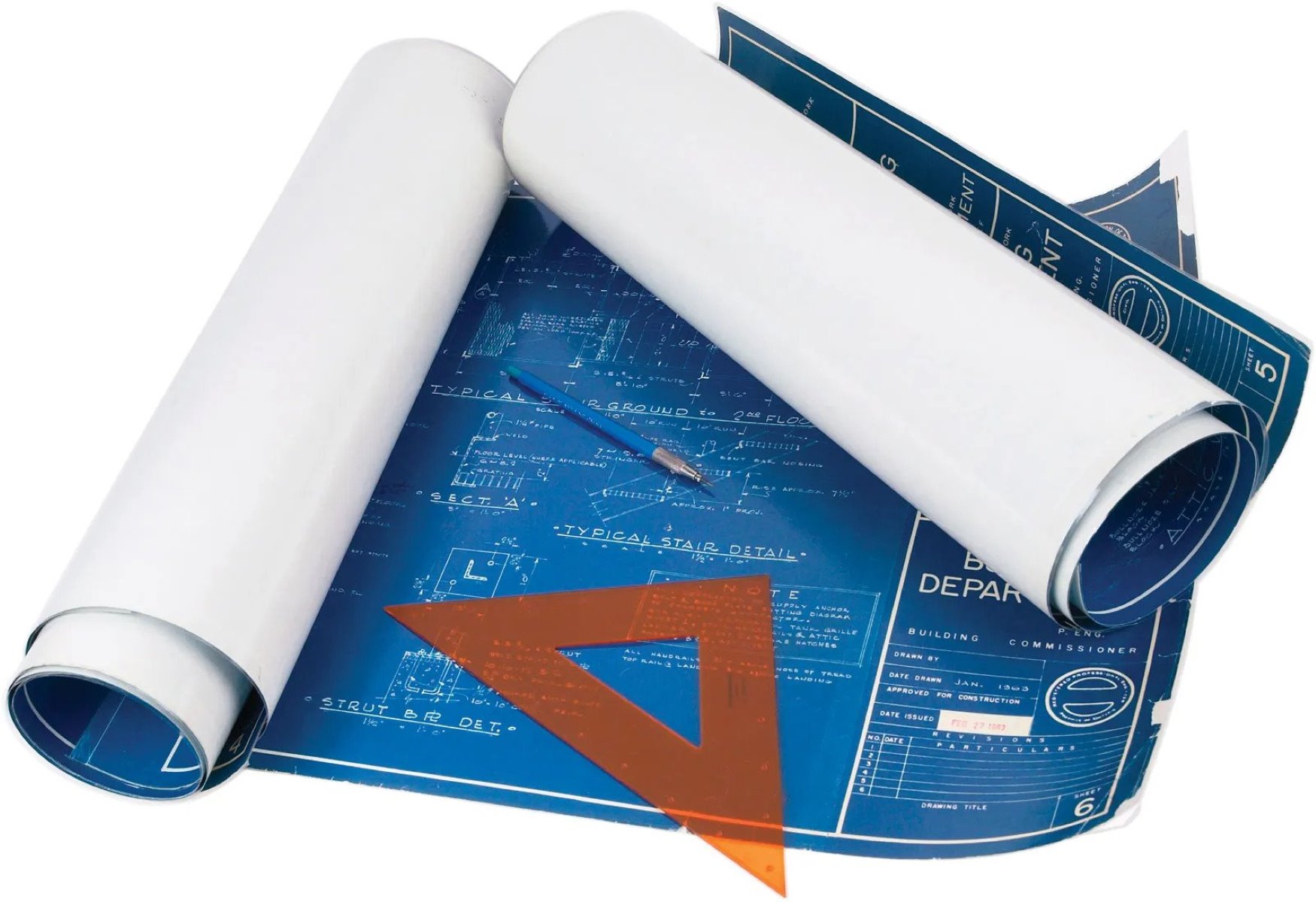
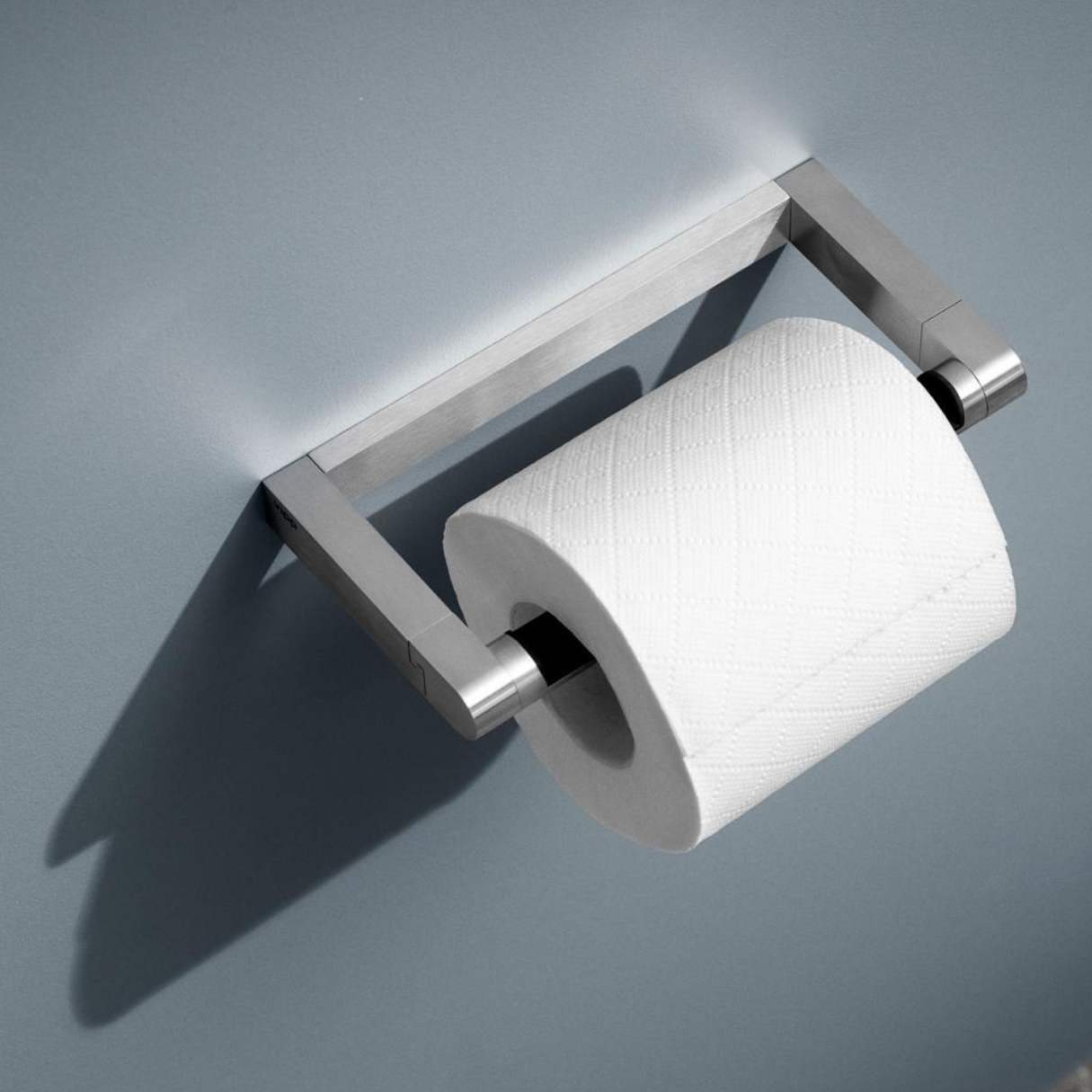
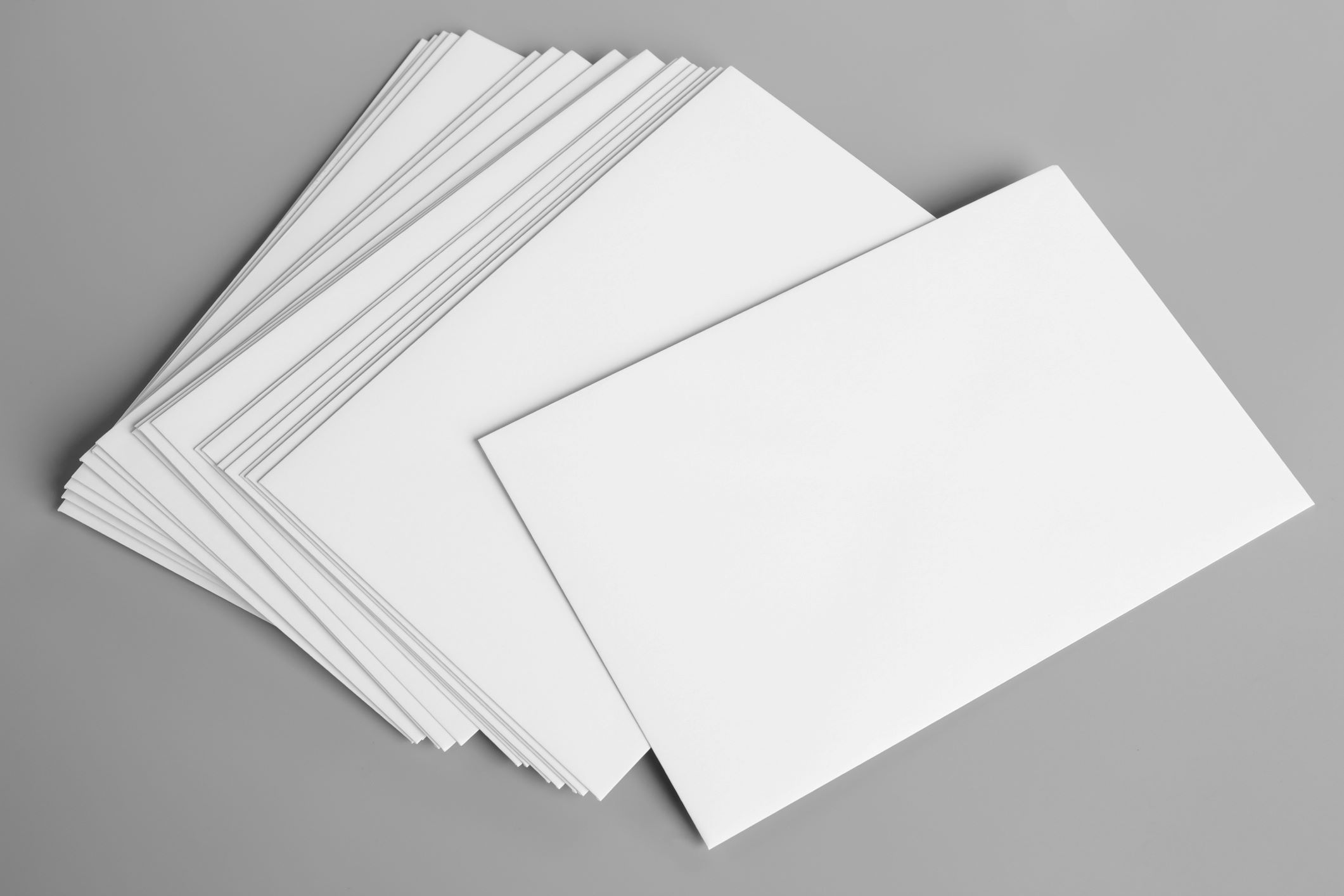
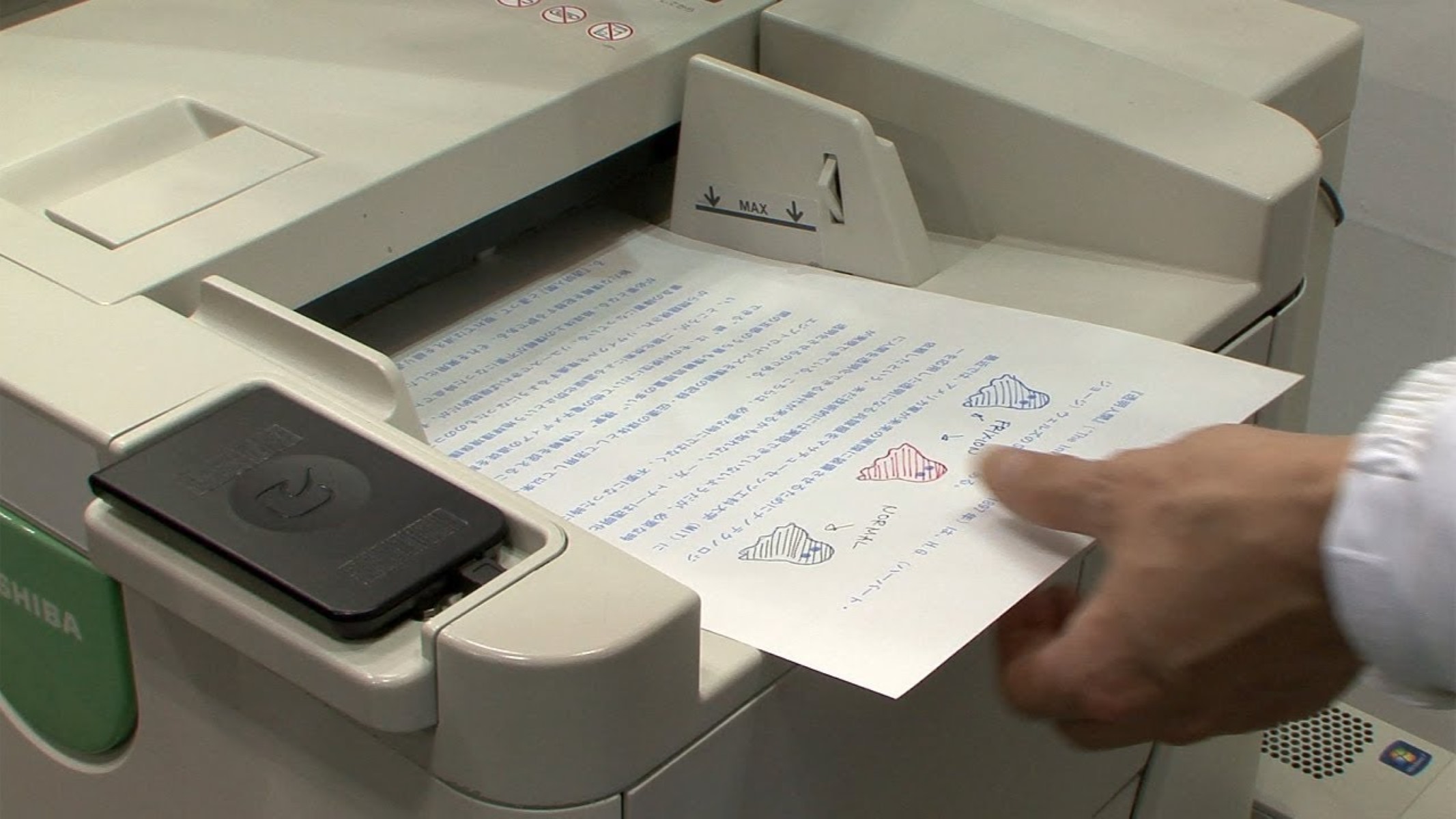
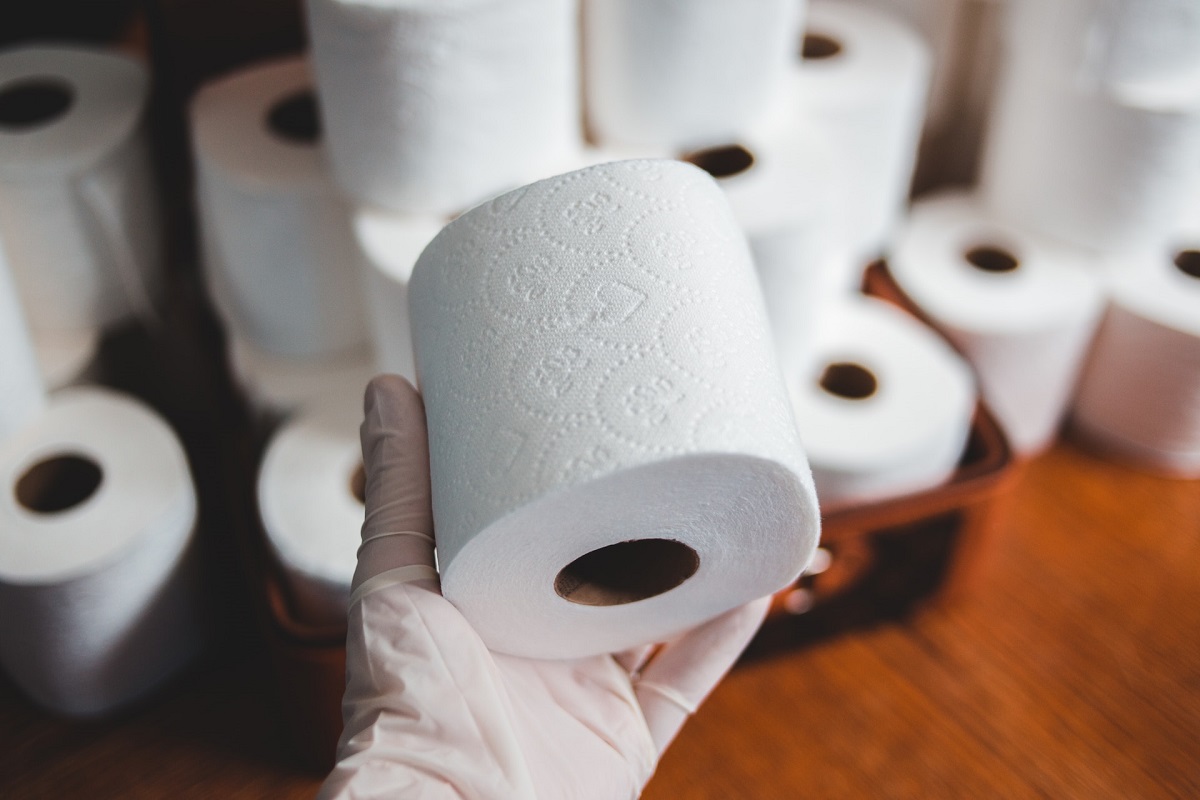

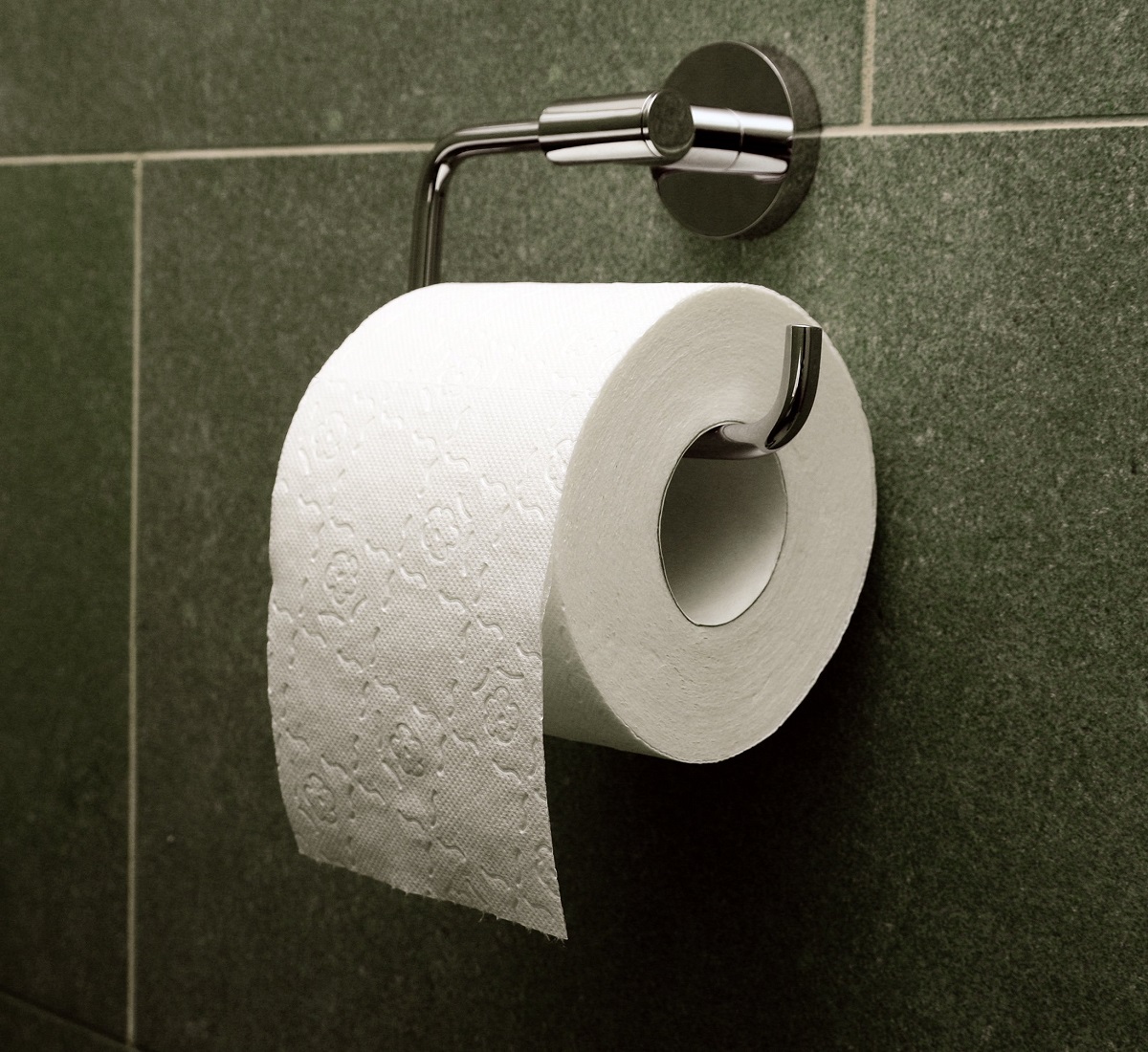

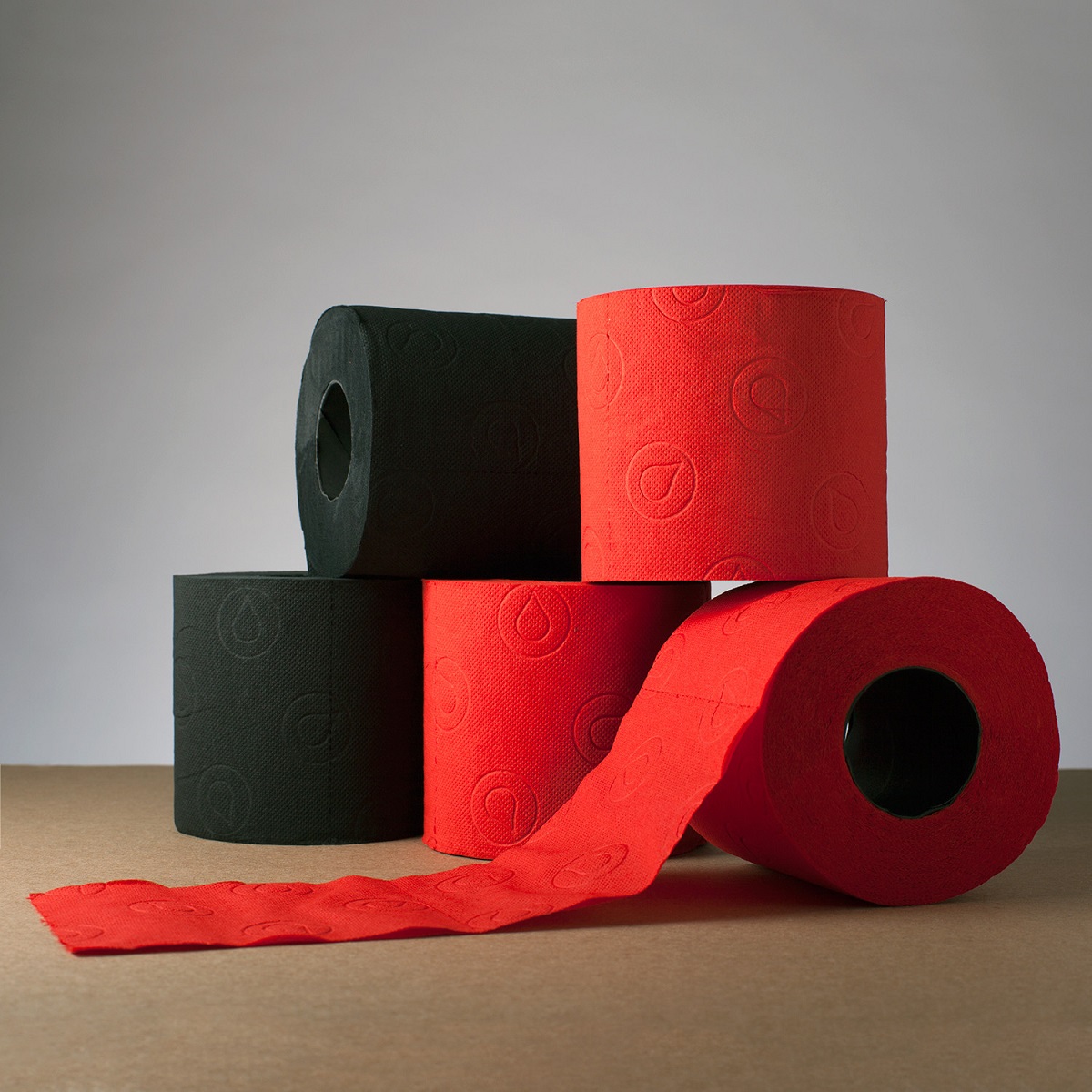
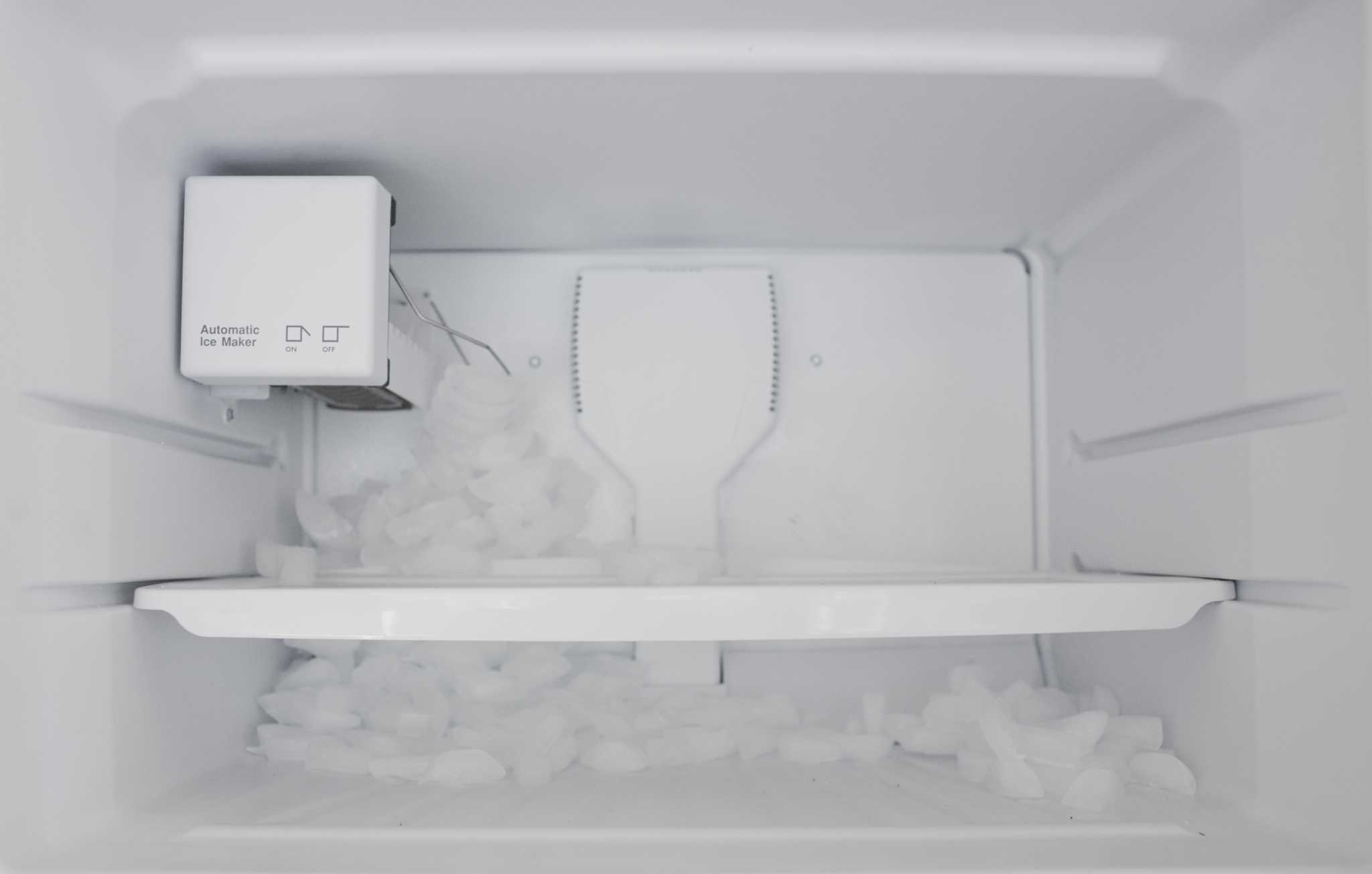
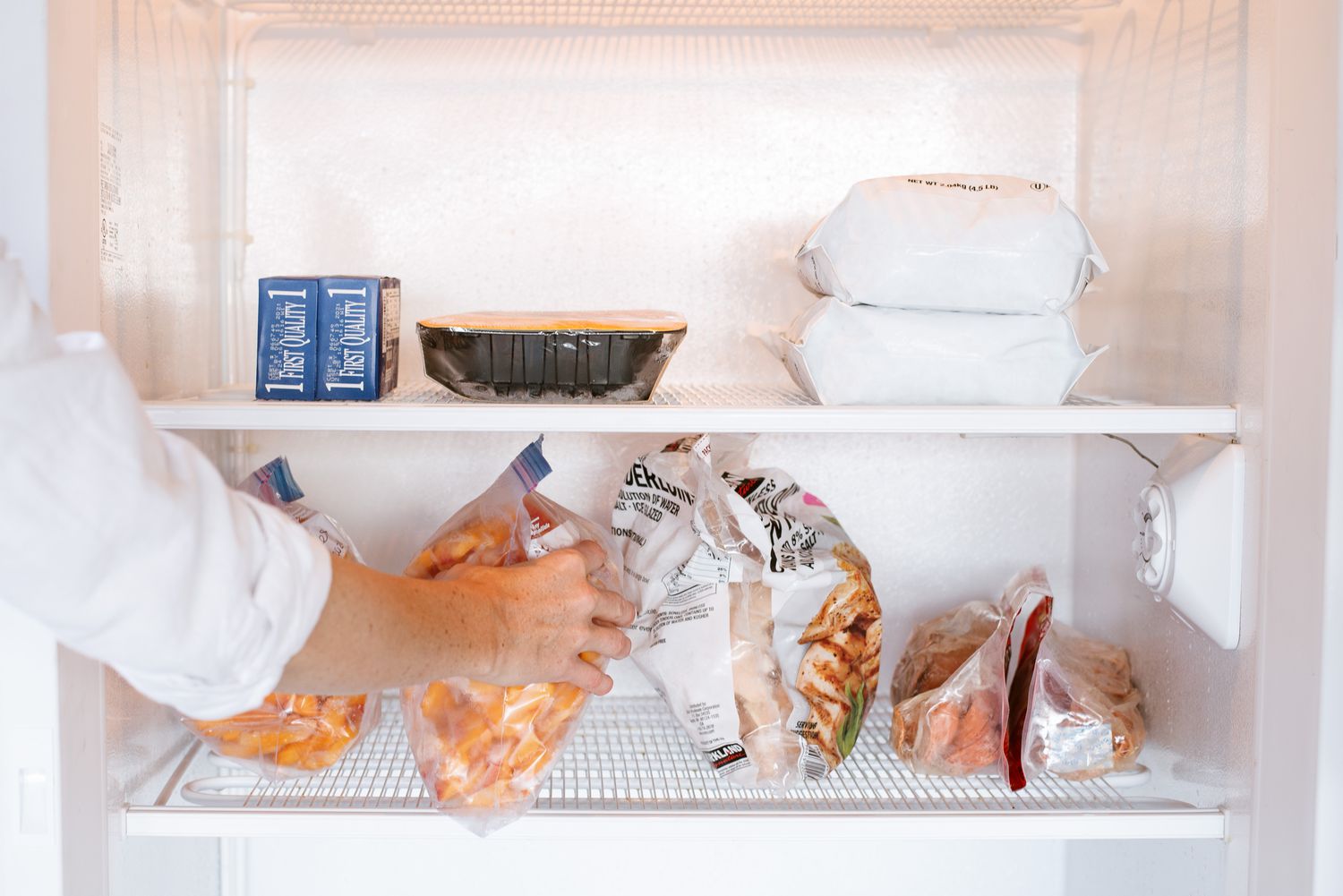

0 thoughts on “What Is Freezer Paper”